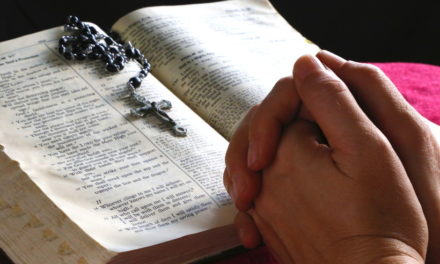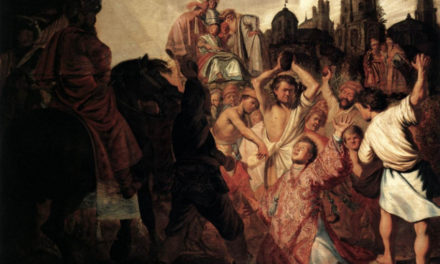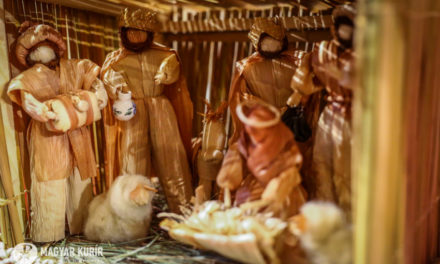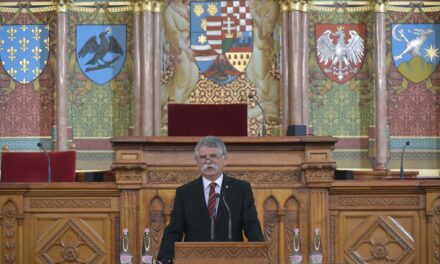On the morning of May 5, a staff member of Magyar Kurír participated in the private press presentation of the thematic walks created in cooperation with the Archdiocese of Esztergom-Budapest and Imagine. As part of this, they visited the Nagyboldogasszony Main Parish Church in downtown Budapest, got to know its organs, and then entered the baroque Pauline library of unparalleled beauty within the walls of the Central Priest Education Institute.
In the spring of 2020, the tourist office of the archdiocese, which was established a year and a half ago, and Imagine, which organizes thematic walks, developed the Rendezvous with the Queen of Instruments and the Church documents that changed the world joint programs. Their goal was to present the hidden treasures, built and spiritual heritage of the Archdiocese of Esztergom-Budapest to a wider audience on themed walks.
In addition to this church, the three-hour original walking route of the Rendezvous with the Queen of Musical Instruments program also visits the St. Mihály Church in Váci Street, then the University Church, and finally the Church of the Franciscans in Pest. In each of them, he presents the queen of musical instruments, and also gives concerts of smaller and larger sizes.
As you can read: In the sanctuary promenade, we saw Pest's oldest fresco, the 14th-century Enthroned Madonna, which was accidentally found during the renovation in 2010, and in an intact condition.
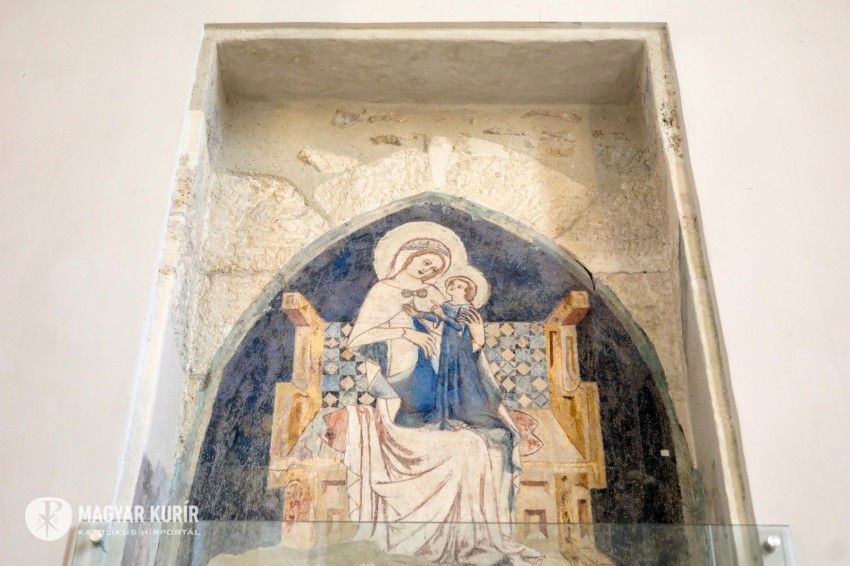
In the sanctuary tour, we not only admired the wall niches, but also heard a brief summary of the history of organs in Hungary. The prototype of the queen of musical instruments is the Aquincum water organ, which operated with hydraulic technology. The ancient Romans used the organ during the execution of Christians in the arenas - and today it is the defining instrument of church services. Organs began to be built in Hungarian churches after the Turkish era. Large organs have 4-6 thousand pipes, the world's largest organ has 26 thousand. There are no two organs in the world that are alike, since the acoustic features and size of the church were always taken into account when designing them. The cantor explained the operation of the church's huge organ, emphasizing that such an instrument is more expensive than a Ferrari: it can be worth up to HUF 250 million, so its maintenance is extremely important.
Our walk led us to the University Church and the Central Priest Education Institute, where our guide explained the history of the complex. The former Pauline church and monastery was completed between 1760 and 1770. Between 1760 and 1765, the monks built the monastic library here, which is the only one in Pest that has survived completely intact, with their own hands. They could not enjoy their built assets for long, because II. József nationalized them.
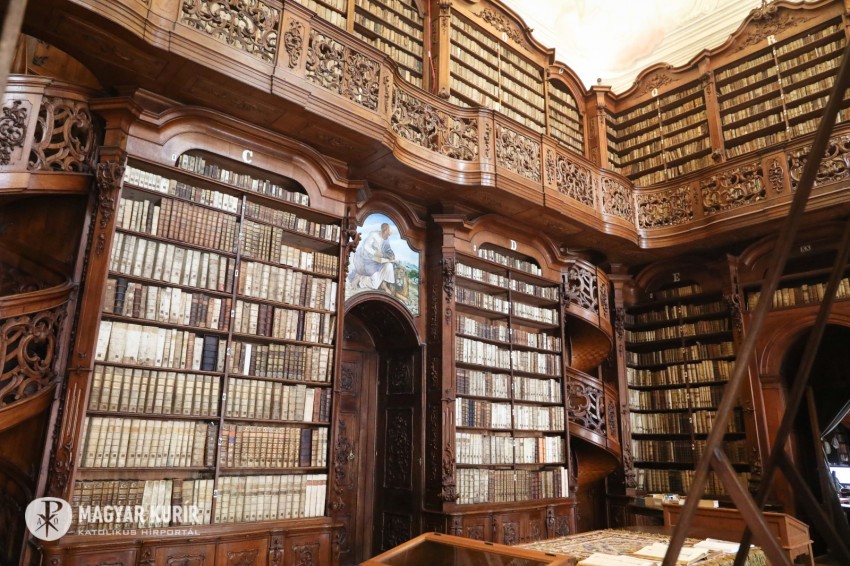
for the thematic walks HERE and HERE .
You can read the entire article of Erzsébet Vámossy in Magyar Kurír
Photos: Zita Merényi


